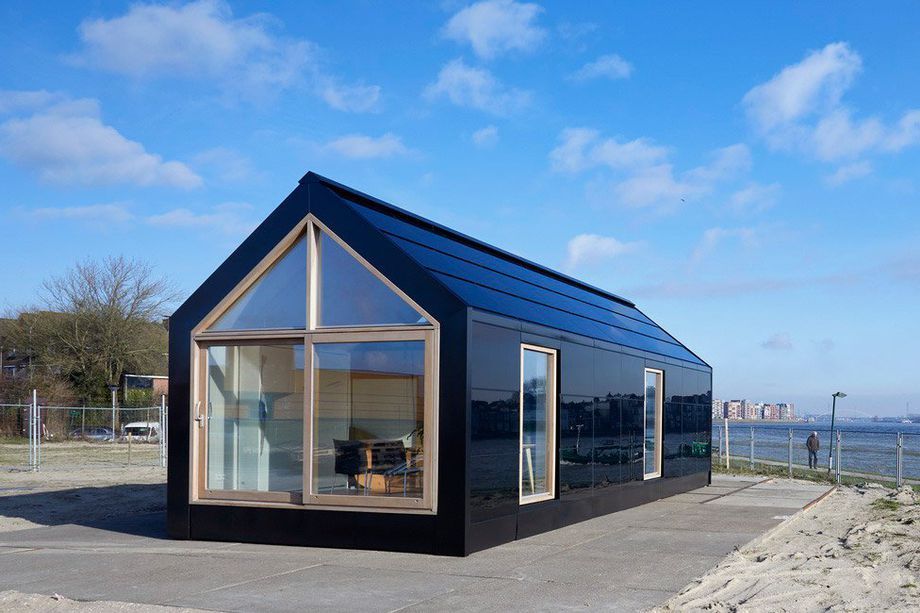Prefab modular homes, or prefabricated modular homes, are revolutionizing the housing industry by offering a cost-effective and efficient alternative to traditional construction methods. Unlike site-built homes, which are constructed piece by piece at the construction site, prefab modular homes are built in factories and then transported to the site in sections or modules. These homes are designed to be assembled quickly and with high precision, reducing construction time and minimizing waste. This method not only accelerates the building process but also ensures consistency and quality in construction. By standardizing production, manufacturers can achieve economies of scale, which often results in lower costs for the homeowner.
Advantages of Prefab Modular Homes
The benefits of prefab modular homes extend beyond just cost savings. One of the most significant advantages is their environmental impact. Factory construction allows for better control over materials and reduces on-site waste, contributing to a more sustainable building process. Additionally, the quick assembly of modular homes means less disruption to the surrounding environment. Prefab modular homes also offer design flexibility. Many manufacturers provide a range of customizable options, allowing homeowners to tailor their homes to their specific needs and preferences. Moreover, the efficiency of the construction process often leads to reduced energy consumption and lower utility bills over time.
Challenges and Considerations
Despite their many advantages, prefab modular homes do come with certain challenges. One of the primary concerns is the perception of quality and durability. Some potential homeowners worry that these homes might not be as sturdy or long-lasting as traditionally built houses. However, advancements in technology and manufacturing processes have significantly improved the strength and durability of modular homes. Another challenge is the logistical aspect of transportation and assembly. Modules must be carefully transported and assembled, which requires precise coordination and can be affected by local regulations and site conditions. Additionally, while modular homes offer many design options, there may be limitations compared to fully custom-built homes.
The Future of Prefab Modular Homes
Looking ahead, prefab modular homes are expected to play a significant role in addressing housing shortages and affordability issues. As urban populations continue to grow, the need for efficient and cost-effective housing solutions becomes more pressing. Prefab modular homes offer a viable solution by providing a quicker and more affordable way to build high-quality housing. Innovations in construction technology, such as 3D printing and advanced materials, are likely to enhance the capabilities and appeal of modular homes even further. Furthermore, as more people become aware of the benefits of modular construction, it is expected that the stigma associated with prefab homes will diminish, leading to wider adoption and acceptance. The future of housing may very well be shaped by the continued evolution of prefab modular homes.
